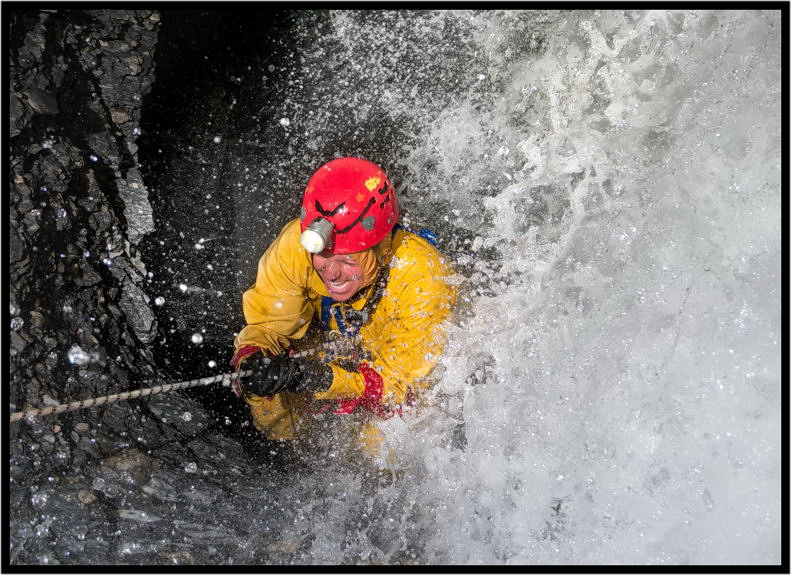
Upcoming Trips
To learn more about any of these and other upcoming trips, come to a GSG meeting, or contact us at gemstategrotto@caves.org
2025
- June 21 & 22 - Malheur Cave Open House
- July 26 & 27 - Malheur Cave Open House
- Trip planning is in progress...
Visiting Caves
Do you want to see Earth's dark places? Do you want to explore caves and go where no man has ever been? Caving offers one of the last frontiers for exploration that is accessible to ordinary people with ordinary means.
What to Expect
Be warned, caving will require some patience, more so than our sister sports like climbing or canyoneering. If you want to be a climber you can go down to a climbing gym, rent some gear, and be top-roping in no time at all. Sure, getting out on the rock takes a little more time and money but its really no trouble. You can take a class and buy a guidebook. You buy a harness, carabiner, ATC, and maybe a rope. Then you're off. Similarly with canyoneering--its not hard to buy a guidebook and pick up a few skills. You'll be out in the canyons in no time at all.
Not so with caving. You will find no guidebook. Sure, you may be able to find a few caves on the internet or on a map, but you definitely won't find the good ones. You'll need to come and meet us. You'll have to wait for us to take a trip that is suitable to your skills level. To increase your skills you'll need us to train you. Some caves will require a minimal investment in gear, others so much more. Over time, as you become better outfitted and more skilled, more opportunities will open up to you.
Beginner Caves
Our easiest caves are those which are dry, hortizontal enough to not require ropes, and reasonably warm. These caves require minimal outfitting. You'll need a helmet and some lights, maybe a pair of knee pads for a crawl or two. Kids of many ages are able to enjoy these caves. Though these types of caves are the majority in Idaho, the GSG has not been particularly active here lately. We've been taking about 2 trips a year. If you join up and make some noise then these kinds of trips can happen.

Vertical Caves
The next stage in your journey will likely be to add some vertical skills. Caves are three dimensional environments and many of them make use of the dimension we call Down.
A vertical system is often the first big expense. A complete "frog system" for ascending ropes will cost nearly $300. Then add another $100 for a good descender and 'biner for sliding down them. Crossover cavers coming from climbing or canyoneering backgrounds often have a jump start here, already having at least some of the gear, or something close enough to allow some of this to be aquired incrementally.
The other part of this is training. Even experienced climber or canyoneers who already know how to ascend a rope will need some kind of work in this area. They've got to be able to handle obstacles that will be encountered with rigging styles used by cavers.

Cold and Wet Caves
In most top-side sports if the weather is bad then you wait until next weekend or you wait until summer. Underground is different. Conditions are typically constant. This makes it easy to choose the right outfit, but the right outfit can be expensive. You must be well prepared if you are to get into near-freezing water in a place with no sun, no fire, and no rescue.
Once you combine vertical with an outfit for cold and wet then you've got what you need to handle Idaho's biggest and best caves.
